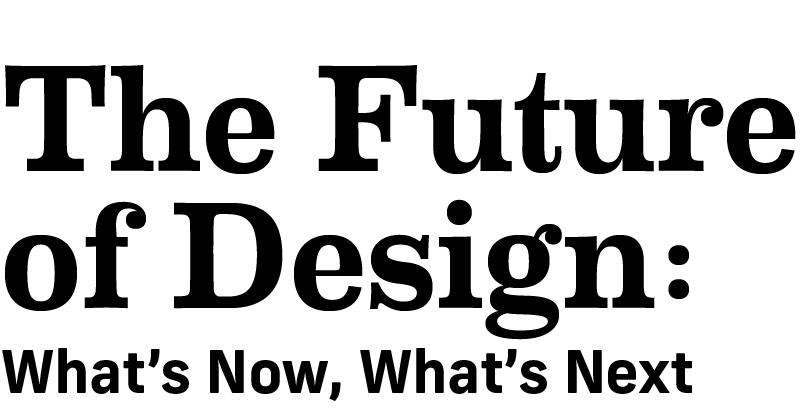Increasingly, long-term care residents and other seniors seen in hospital emergency departments (EDs) are being treated in facilities designed with their specific needs in mind. Healthcare systems that have limited budgets but hope to take part in the geriatric emergency department (ED) trend should consider making the entire ED a geriatric ED.
That advice comes from Mark Rosenberg, DO, geriatric emergency medicine chief at St. Joseph’s Healthcare System in Paterson, N.J., and chairman of a American College of Emergency Physicians (ACEP) task force working with other groups over the past two years to develop recently released guidelines for geriatric EDs.
“If the [ED] is designed for the most frail and vulnerable, it will work for the strongest patients as well,” he says.
Other organizations helping to devise the recommendations include the American Geriatrics Society, the Emergency Nurses Association and the Society for Academic Emergency Medicine. They relate to staffing; follow-up care; education; quality improvement; equipment and supplies; policies, procedures and protocols; the use of urinary catheters; medication management; fall assessment; delirium and dementia; and palliative care.
“Geriatric [EDs] first appeared in 2008, but this is the first time there has been a standardized template for how they should be set up and how care for older patients should be delivered,” says Alex Rosenau, DO, ACEP president. “It is important that the special needs of these vulnerable patients are met appropriately in the emergency setting. As of 2010, there were 40 million people in this age group, and many of them will be emergency patients at some point.”
The ED designed solely for elderly patients is one of 10 technology-related trends hospital leaders and others are thinking about this year, according to the nonprofit ECRI Institute’s 2014 Top 10 Hospital C-Suite Watch List. More than 50 elderly-focused EDs have opened in the United States since 2011, the report notes, and another 150 are being planned.
EDs for the elderly—separate spaces as well as those carved out of existing EDs—can have layouts, nonskid floors, handrails, aisle lighting and bedside commodes to reduce fall risk; wider and thicker mattresses and other furniture to prevent pressure ulcers; nonflorescent lighting, windows and other aids to help with orientation; and noise abatement features to aid communication with hearing-impaired adults, according to the report.









